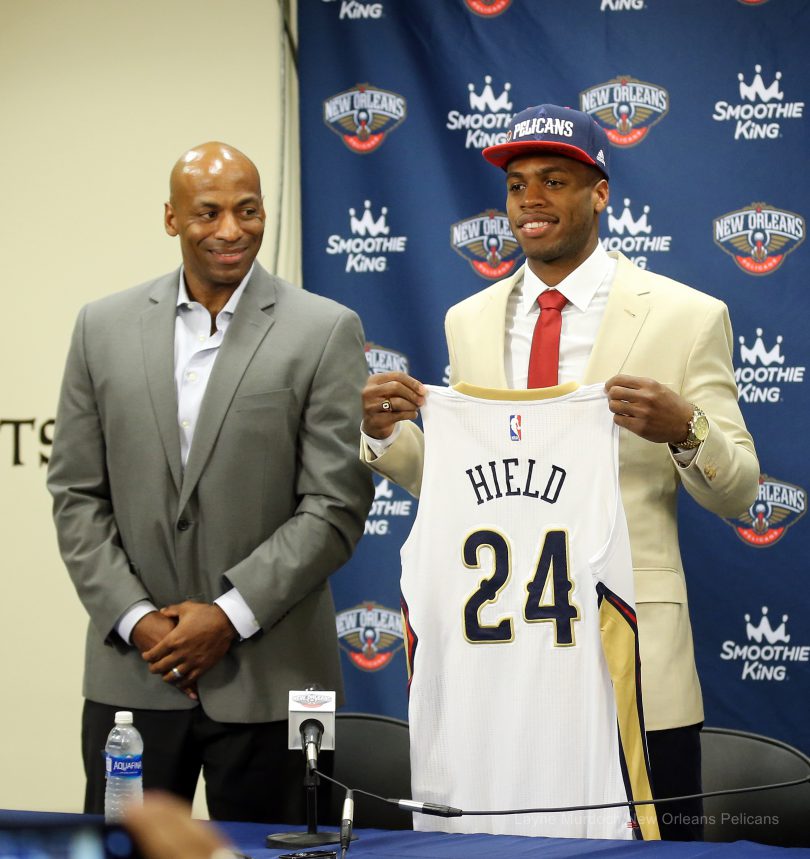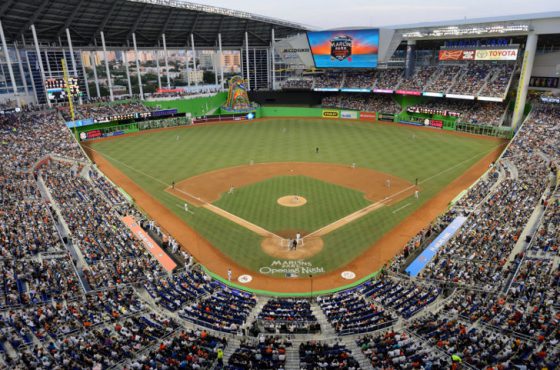NBA and the Internationalization of Sport
As the world marches into an ever-expanding era of technological, social, political, and economical interconnectedness, it is only natural that professional sports follow suit. After all, in America alone, the NFL, MLB, and NBA generate a collective 27.3 billion dollars in revenue each year. In order to keep up with trends of globalization, these leagues have made major efforts in the past twenty years to garner followings overseas. More recently the NFL has established a tradition of hosting games in London, with plans to field a London-based team by 2022. But the real leader in this movement is and has, for some time, been the National Basketball Association.
Kicking off its 71st season last week, the NBA set a league record with international players comprising 25% of the league. This year, teams feature 113 players from 41 different countries and territories. These numbers are up from 100 players from 37 countries last season. It’s an exciting time for a sport that’s long prided itself on international integration.
Of those 113 players, 61 of them were born in Europe. For the third straight year, Canada leads the league in international representation with 11 players, followed by France with 10, Brazil with nine, and Australia with eight. Currently, the Utah Jazz head up the list of diverse teams, with seven of their fifteen players hailing from outside the US. After that, seven teams feature six players each, including the San Antonio Spurs. For the third consecutive year, all 30 teams list an international player on their 15-man rosters.
In the 2016-17 NBA Draft, the 76ers took Ben Simmons from Australia with the first overall pick. Of the top eleven teams, seven of them drafted international players, including the Suns’ Dragan Bender from Croatia, and the Pelicans’ Buddy Hield from the Bahamas. After a decent preseason, Simmons rolled his ankle in the Sixers’ final training camp scrimmage. He’s expected to miss three to four months.
Meanwhile, Bender, widely considered the best international prospect this year, came off the Suns’ bench in their opener and scored ten points in twelve minutes, six of them from downtown. It was a strong debut for an international player with a lot of promise.
As globalization flourishes across the league, it’s worth examining the history of international players in the NBA. Technically, it was Hank Biasatti, an Italian-Canadian, and Gino Sovran, from Ontario, both signed to the Toronto Huskies in 1946, who broke the international barrier in the NBA—not that it was a barrier to begin with. The NBA was still a nascent organization at the time, a loose association of teams from the Northeastern United States, the Midwest, and Canada. That year, the league boasted five players born outside the U.S, three of which were from Canada. So it’s no surprise that Canada tops the list of most international NBA players to this day. Perhaps using the best equipment for their training has helped skyrocket their talents.
Still, globalization was a slow crawl in the league until 1992 when FIBA, the governing body of international basketball, decided to make NBA players eligible for Olympic play. Up to that point, only amateurs and college players from the US were considered eligible. But that year, everything changed. On September 21, 1991, the top ten players were selected. Those who know of the Dream Team know it was a true Golden Age of basketball, not unlike our current league. The top ten players on that roster included Michael Jordan, Scottie Pippen, John Stockton, Karl Malone, Magic Johnson, Larry Bird, Patrick Ewing, Chris Mullen, David Robinson, and Charles Barkley. The Dream Team is often described as the greatest sports team ever assembled. In 1992 they destroyed their opponents by an average of 44 points en route to a Gold Metal victory over Croatia.
And just like that, the NBA became a global phenomenon. Since then, in the span of 14 years, the number of international players has more than quadrupled. NBA Commissioners and owners have made a concerted effort to increase international exposure in the modern age of basketball. Beginning in 1993, the league held a pair of preseason matches in London, pitting the Shaquille O’Neal-led Magic against Dominique Wilkins and the Atlanta Hawks. This constituted the first game in what would be called the NBA Europe Live Tour, which subsequently featured preseason matchups in Italy, France, Germany, Russia, Spain and Turkey. Later, with help from all-star center Yao Ming, the league began hosting matchups in China. The NBA China Games are now a staple in the preseason. Then in 2011, the NBA held its first ever regular season matchup in London, with the then-New Jersey Nets facing the Toronto Raptors. In 2016, the league will host its seventh NBA Global Game in London.
On establishing franchises overseas, League Commissioner Adam Silver had this to say in 2015, “We’d have to put both feet down. That would mean having four franchises in Europe. We’re not there yet.” When and where “there” will be is still entirely uncertain, still it’s clear that Silver and league owners are committed to expanding the NBA brand across the globe.
With such an eye on the future of the NBA in international markets, fans can reasonably expect globalization trends to continue on and off the court. As happened with Yao Ming and China, the more foreign players we see suiting up in the NBA, the more marketable teams will be to overseas demographics. Naturally it follows that big time players lead to big time fan bases. With such all-stars as Dirk Nowitski, Tony Parker, and Pau Gasol repping their home countries on a consistent basis, it’s easy to imagine why Europe has such a solid NBA presence. If the newest crop of international players can rise to similar heights, we’re sure to see Silver and Company reaching that four-team goal faster than we thought.






